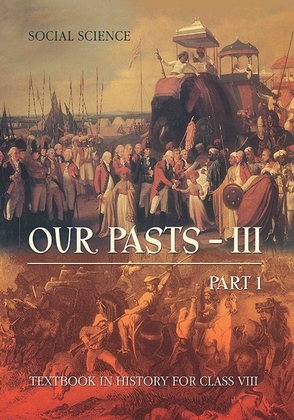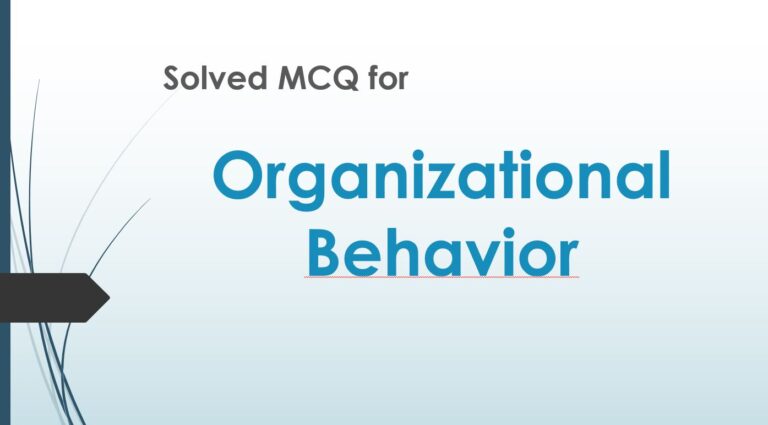Class 8 - Social Science - History (Our Pasts- III)
Chapter 12 - India After Independence

Top Block 1
Question :1. Name three problems that the newly independent nation of India faced.
Answer :
Three problems that the newly independent nation of India faced:
(i) As a result of Partition, 8 million refugees had come into the country from Pakistan.
These people had to be found homes and jobs.
(ii) The maharajas and nawabs of the princely states (almost 500) had to be persuaded to join the new nation.
(iii) A political system had to be adopted which would best serve the hopes and expectations of the Indian population.
Question :2. What was the role of the Planning Commission?
Answer :
The Planning Commission was set up to help design and execute suitable policies for the economic development of India.
Question :3. Fill in the blanks:
(a) Subjects that were placed on the Union List were _________, _________and _________.
(b) Subjects on the Concurrent List were_________ and _________.
(c) Economic planning by which both the state and the private sector played a role in development was called a _________ _________ model.
(d) The death of _________ sparked off such violent protests that the government was forced to give in to the demand for the linguistic state of Andhra.
Answer :
(a)Subjects that were placed on the Union List were taxes, defence and foreign affairs.
(b)Subjects on the Concurrent List were forest and agriculture.
(c)Economic planning by which both the state and the private sector played a role in development was called a mixed-economy model.
(d)The death of Potti Sriramulu sparked off such violent protests that the government was forced to give in to the demand for the linguistic state of Andhra.
Question :4. State whether true or false: (a) At independence, the majority of Indians lived in villages.
Answer :
True
(b) The Constituent Assembly was made up of members of the Congress party.
Answer :
False
(c) In the first national election, only men were allowed to vote.
Answer :
False
(d) The Second Five Year Plan focused on the development of heavy industry.
Answer :
True
Question :5. What did Dr Ambedkar mean when he said that “In politics we will have equality, and in social and economic life we will have inequality”?
Answer :
According to Dr Ambedkar, political democracy had to be accompanied by economic and social democracy. Giving the right to vote would not automatically lead to the removal of other inequalities such as between rich and poor, or between upper and lower castes. He believed that India needed to work towards eradicating all forms of inequality in the economic and social spheres. Only then would the equality granted by the Constitution in the sphere of politics (i.e., one vote for every adult Indian citizen) be of any value. Otherwise, India would just be a land of contradictions – following the principle of “one man, one vote and one value” in its political life, and denying the principle of “one man, one value” in its economic and social lives.
Question :6. After Independence, why was there a reluctance to divide the country on linguistic lines?
Answer :
In the 1920s, the Congress had promised that once the country won independence, each major linguistic group would have its own province. However, after independence, it did not take any steps to honour this promise. There was a reason for this. India had already been divided on the basis of religion. The joy of freedom had come along with the tragedy of Partition. This Partition had led to the killing of a million people in riots. Fresh divisions were not considered to be feasible. Congress leaders believed that any further divisions of the country would only disrupt its unity and progress. They felt that the need of the hour was for India to remain strong and united, and work towards becoming a nation, and anything that hindered the growth of nationalism had to be rejected.
Question :7. Give one reason why English continued to be used in India after Independence.
Answer :
People of the south those who could not speak Hindi, opposed Hindi as National Language. They threatened to separate from India if Hindi was imposed on them. The Constituent Assembly finally decided that Hindi would be the “official language” of India and English would be used in the courts, the services, and communications between one state and another.
Mddle block 1
Question :8. How was the economic development of India visualised in the early decades after Independence?
Answer :
The economic development of India visualised in the early decades after Independence were:
(i) Objectives: Lifting India and Indians out of poverty, and building a modern technical and industrial base were among the major objectives of the new nation.
(ii)Planning Commission and Five Year Plans: A Planning Commission was set up to help design and execute suitable policies for economic development.
(iii) Mixed-economy: A mixed-economy model was agreed upon. In this economic model, both the State and the private sector would play important and complementary roles in increasing production and generating jobs.
(iv) Focus on heavy industries and dams: In 1956, the Second Five Year Plan was formulated. This focussed strongly on the development of heavy industries such as steel, and on the building of large dams.
(v)The focus on heavy industry, and the effort at state regulation of the economy (which was to guide the economic policy for the next few decades) had many critics.
This approach was criticised because:
(i) It put inadequate emphasis on agriculture
(ii) It neglected primary education
(iii) It did not take into account the environmental implications of concentrating on science and machinery.



